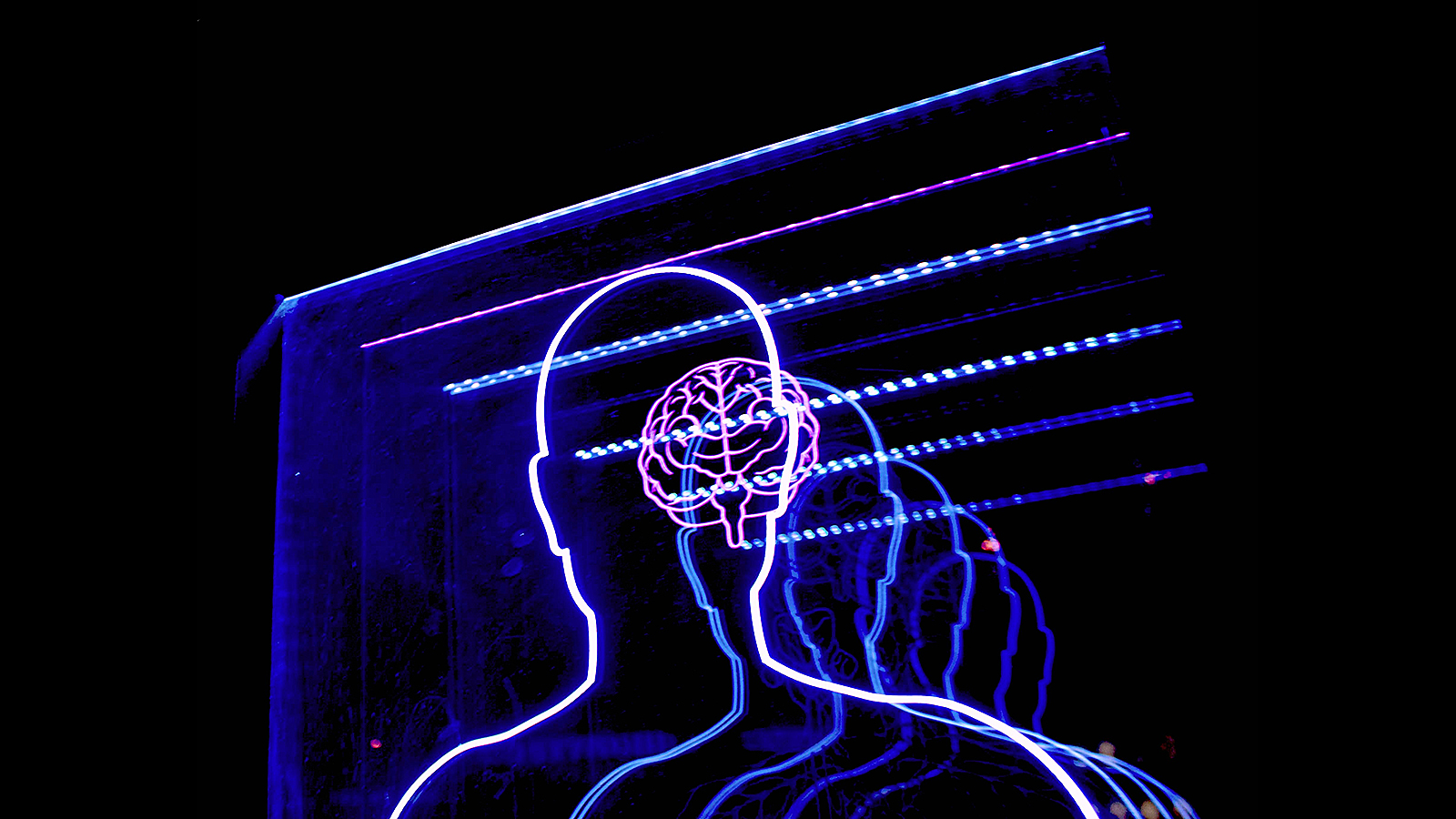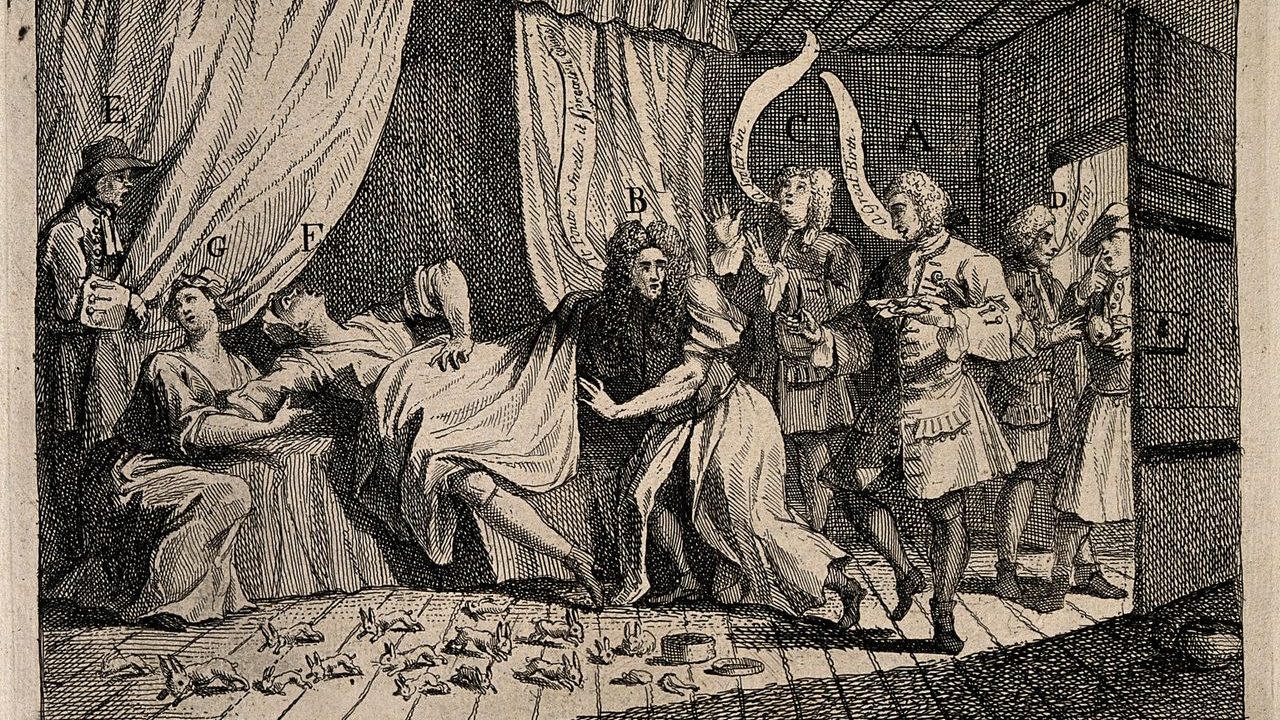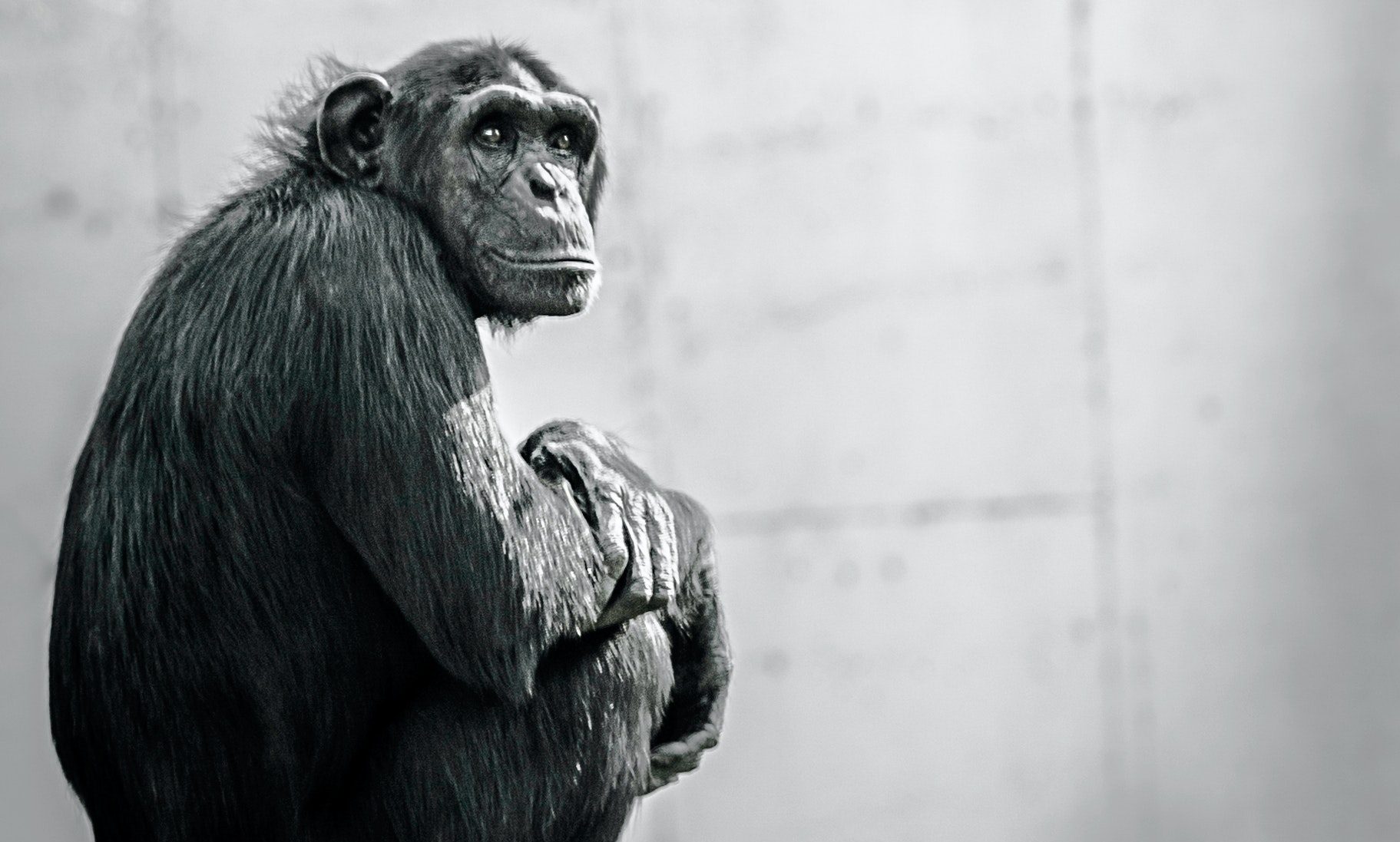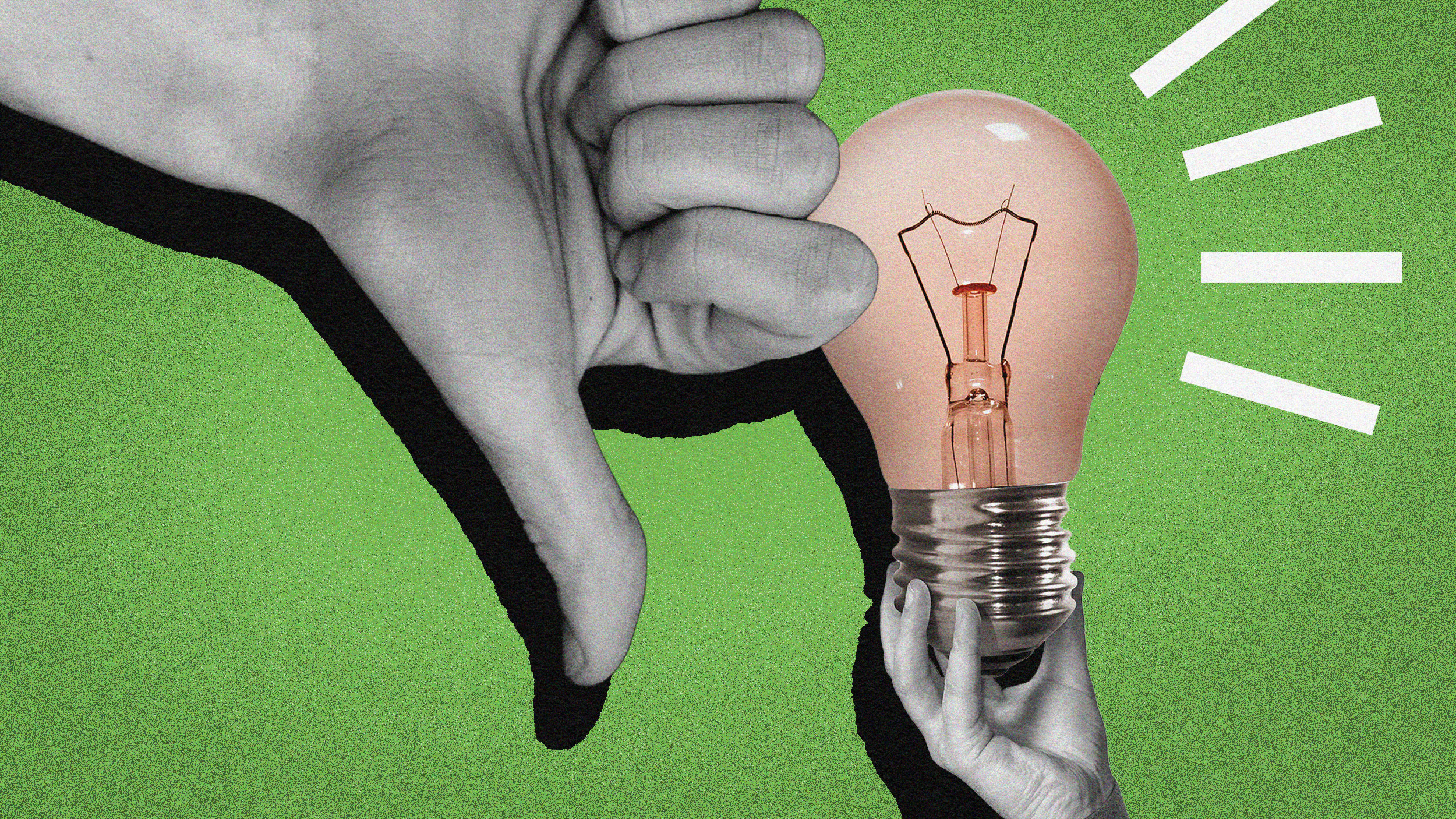Language influences how you visually process the world, which in turn influences your memory of it.
Search Results
You searched for: Cats
For J.R.R. Tolkien, the single most important element of a fairy tale was the dramatic reversal of misfortune in the story’s ending.
Redemption is the journey towards becoming a better person. It’s the story of human life.
Einstein tried to disprove quantum mechanics. Instead, a weird concept called entanglement showed that Einstein was wrong.
Differences in certain avian and mammalian proteins explain why avian influenza doesn’t (typically) infect humans.
An emerging field studies parasites that take over the nervous system of a host.
Aliens are often portrayed in popular culture as humanoid. But in reality, intelligent extraterrestrials might take far stranger forms.
Is it like a tiny ball — or what?
Our classical intuition is no good in a quantum Universe. To make sense of it, we need to learn, and apply, an entirely novel set of rules.
In the 18th century, David Hume argued that we are only motivated to do good when our passions direct us to do so. Was he right?
What you see is what you hear.
Desire is like a drug. But is an addict always an addict?
We already know animals feel emotions, and that they can understand humans’ emotions. But can they understand each other’s emotions?
Discover how Quantum Bayesianism challenges traditional quantum mechanics by focusing on the role of the observer in creating quantum reality.
“Carpe diem” was only one part of Horace’s poem Odes 1.11.
Throughout history, hundreds — sometimes thousands — of people have been spontaneously compelled to dance until collapsing or dying from exhaustion. What explains this bizarre phenomenon?
Matt Strassler’s journey into fundamental physics culminates in a brilliant explanation of the Higgs field. Enjoy this exclusive interview.
The American author said he attempted to bring scientific thinking to literary criticism, but received “very little gratitude for this.”
Though quantum mechanics is an incredibly successful theory, nobody knows what it means. Scientists now must confront its philosophical implications.
Forget these scientific myths to better understand your brain and yourself.
Mary Toft staged an elaborate hoax, but the pain was real.
Assume we can make new thylacines, mammoths, diprotodons, or sabre-tooth cats. Great. Now where do we put them?
“I am an anthropologist, and for years, I have spoken to people who have had these experiences.”
By the end, even his mom wanted him gone.
High-frequency oscillations that ripple through our brains may generate memory and conscious experience.
Many animals practice what looks like self-medication. A new report suggests that chimps tend wounds with insects, often treating each other.
What Shark Tank pitches, Sundance films, and unusual sandwiches show us about our choices.
Billy was a local celebrity in the early 1900s. And he might have been a murderer.





























